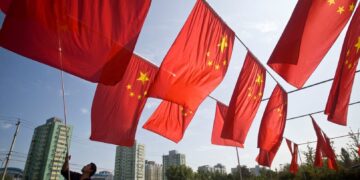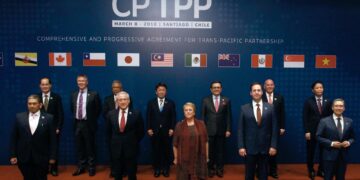Transfer pricing—the price charged for intercompany transactions between entities in different tax jurisdictions—can be used to shift funds within a multinational corporation (MNC), and serves as an effective means to manage a firm’s finances.
As international companies began pouring into China in the late 1970s, the need for a transfer pricing regime that could effectively collect tax on intercompany transactions and prevent tax-base erosion became increasingly apparent. Legislation on transfer pricing has a relatively long history that stretches back to the early 1990s, but the majority of this has been piecemeal: only in the last 10 years has the country begun to implement comprehensive regulations. In particular, 2016 brought new laws that revamped transfer pricing compliance for MNCs in China.
If implemented early in a Chinese business, a transfer pricing system can complement and support an MNC’s business model and commercial objectives, and optimize its global effective tax rate. Non-compliance with China’s new transfer pricing laws, however, can result in heavy penalties for an MNC, and subsequently eat into its bottom line.
Recently, Shirley Chu, transfer pricing services manager at Dezan Shira & Associates provided an in-depth overview of transfer pricing in China in a webinar, which covered the history of transfer pricing to the current system. In addition, Chu offered insight into the Base Erosion and Profit Sharing (BEPS) Action Plan, how best to stay in compliance with the most up-to-date regulations, and her experience with transfer pricing.
A Q&A with Chu:
Q: I understand that it is important to ensure that the transfer price complies with the arm’s length principle. Do you have any suggestions on how to do this?
A: We would recommend completing a transfer pricing benchmark study. This is helpful for identifying whether or not the profit rate falls within the arm’s length range.
Q: Does transfer pricing regulation differ across provinces in China?
A: Although Chinese transfer pricing legislation is applicable to all provinces across China, the degree of administration may vary from one region to another. If a province is very well developed economically, the tax authorities are often more experienced and hence may pay more attention to transfer pricing compliance.
Q: What are some points to watch out for when preparing transfer pricing documentation in China?
A: Transfer Pricing Contemporaneous Documentation is necessary for compliance. All taxpayers whose annual related-party transaction amount exceeds the legislative threshold are required to prepare and submit these documents. Depending on the complexity of the related-party transactions, these usually consist of a 50 to 100 page report containing numerous sub-sections. Often, it is a good idea to consult an experienced firm for advice since they will be more familiar with the work, and will also be able to indicate the potential transfer pricing issues in the process.
To watch the webinar, please click here and for further information on the subject of transfer pricing, please contact Shirley Chu at [email protected]
About the author: Asia Briefing Ltd. is a subsidiary of Dezan Shira & Associates. Dezan Shira is a specialist foreign direct investment practice, providing corporate establishment, business advisory, tax advisory and compliance, accounting, payroll, due diligence and financial review services to multinationals investing in China, Hong Kong, India, Vietnam, Singapore and the rest of ASEAN. For further information, please email [email protected] or visit www.dezshira.com.






























